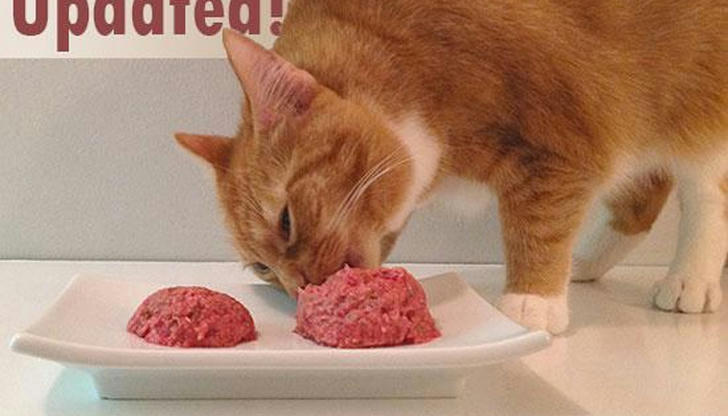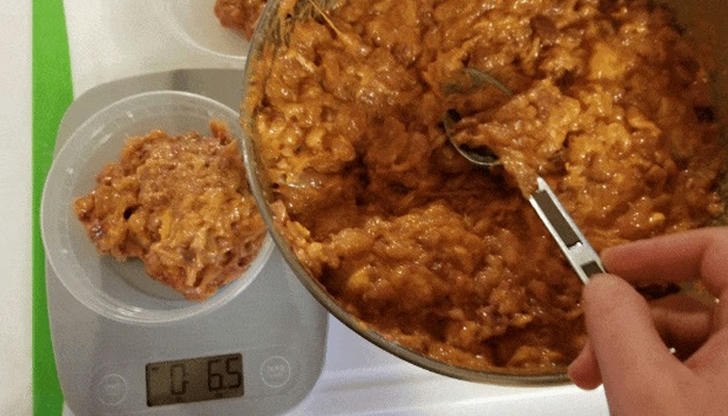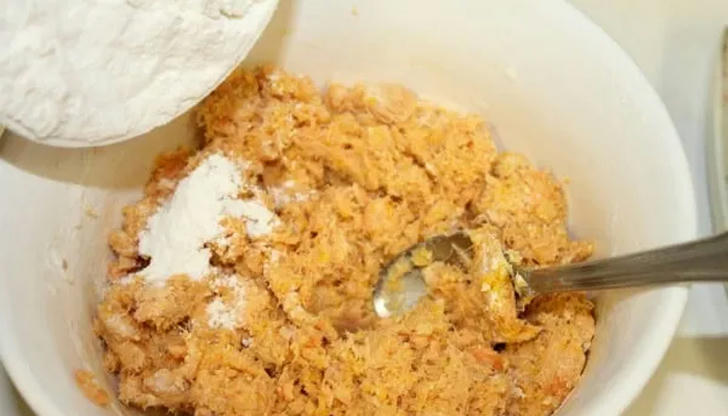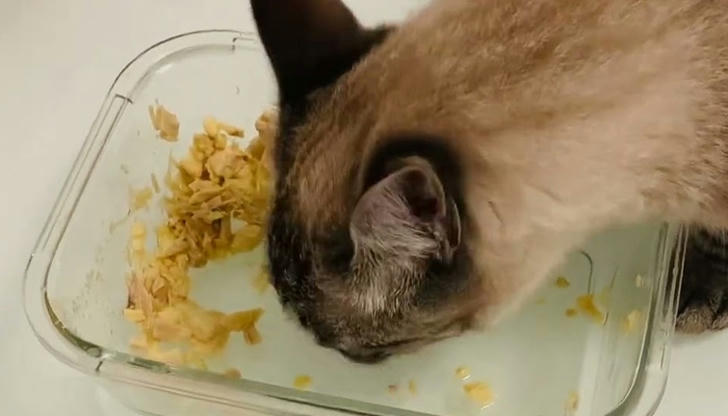How to Make Homemade Cat Food

Are you skeptical of commercial cat food? Worried that commercial cat food might lead to nutritional deficiencies and dehydration, causing health issues for your cat? Homemade cat food is an excellent solution. Keep reading to learn about the benefits of making your cat meals, the tools and ingredients you'll need, and how to store them.
Benefits of Homemade Cat Food
Avoiding Feline Allergies
You can handpick the protein sources, which are ideal for cats with allergies. Beef and dairy are the most common allergens, followed by fish and chicken. These are relatively rare for cats. If you notice your cat exhibiting allergy symptoms like skin itching, diarrhea, or vomiting after eating a certain type of meat, stop feeding that meat and consult a vet.
Risks of Commercial Cat Food
Commercial cat food may lack taurine, an essential nutrient for cats, which can increase the risk of heart disease. Long-term consumption of dry kibble can lead to severe dehydration, increasing the risk of lower urinary tract diseases in cats. Additionally, commercial cat food is a significant contributor to the feline obesity epidemic. Homemade cat food can be tailored to your cat's individual needs, increasing hydration and avoiding the health risks associated with commercial cat food.
Avoiding Feline Diabetes
Dry kibble and canned food may be high in carbohydrates, which can increase the risk of diabetes in cats. Homemade cat food can completely avoid unnecessary carbohydrates for cats, reducing the risk of diabetes.
No Additives
You can avoid the artificial colors, flavor enhancers, and preservatives added to commercial cat food.

Equipment and Ingredients of Homemade Cat Food
Equipment: Kitchen scale
Plastic warp or plastic bags
Blender or food processor (not necessary)
Mixing Bowls
Sharp Knives
Ingredients: Chicken leg meat/chicken breast: 22%
Chicken hearts/duck hearts: 15%
Eggs (including egg whites): 9%
Chicken livers/duck livers: 5%
Pigeon meat: 5%
Beef: 16%
Mackerel/Saury/Salmon: 10%
Mussels/Clam: 3%
Nutrients: Calcium carbonate powder
Potassium Iodide (tablets need to be ground into powder)
B-Complex Vitamins (tablets need to be ground into powder)
Vitamin E (capsules need to have the capsule shell removed)
These ingredients provide cats with high-quality animal protein and fats and also supply essential trace elements—taurine, which is crucial for cats as nocturnal animals need a substantial amount of taurine for their vision.
Note: The Ingredients are designed according to the nutritional guidelines for felines below. You can adjust the ingredients based on the ratios and individual needs of your cat.
7% to 10% bones (calcium carbonate can be used as a substitute)
4% to 5% liver
80% to 85% muscle tissue, such as heart and gizzard
5% of other organs, like the brain, kidneys, pancreas, spleen and stomach
Two Methods for Homemade Cat Food

Homemade Raw
Raw meat is perfectly in line with a cat's dietary habits, ensuring that nutrients are not destroyed, and it is also very easy to prepare.
All meats should be thoroughly washed, de-boned, and cut into small pieces.
Shellfish should have sand and shells removed before being cut into small pieces.
Fish should have scales, internal organs, heads, tails, and bones removed, then cut into small pieces.
Place them into a bowl, add the nutritional supplements, one tablespoon of each, and mix well.
Optional step: Blend the ingredients in a food processor until they reach a pureed consistency.
Use a kitchen scale to measure out portions, then wrap them individually in plastic wrap or place them in ziplock bags.
Freeze what you can’t use within the next 48 hours.

Homemade Cooked
If you're concerned about pathogenic bacteria and parasites, homemade cooked food can be helpful. However, for obtaining complete and balanced nutrition, raw meat is still the preferred choice.
Blend the ingredients and nutritional supplements into a paste.
Divide the meat paste into several portions according to your cat's meal size, and steam them before each meal.
Steaming preserves the maximum amount of nutrients. You will end up with a meat paste that has some broth, which should also be fed to the cat, as some of the taurine from the meat can leach into the broth.
To ensure the best texture, take the cat's meal for the next day out of the freezer and place it in the refrigerator to thaw overnight. When it's time to feed your cat, steam the meal in a steamer for 10 minutes. After steaming, don't serve it immediately. Let it cool down to a warm temperature before feeding it to your cat.
How Much Homemade Cat Food Should You Feed?
For adult cats, the recommended amount of homemade cat food per day is about 3% to 4% of their body weight. For kittens, it needs to be 5% of their body weight. For example, a 4kg adult cat would require 240g to 320g of homemade cat food per day, divided into 3 or 4 meals.
To ensure freshness and nutritional value, it's best to prepare a week's worth of homemade cat food at a time and avoid freezing excessive amounts.
